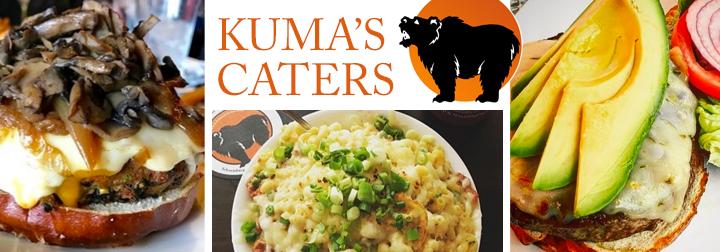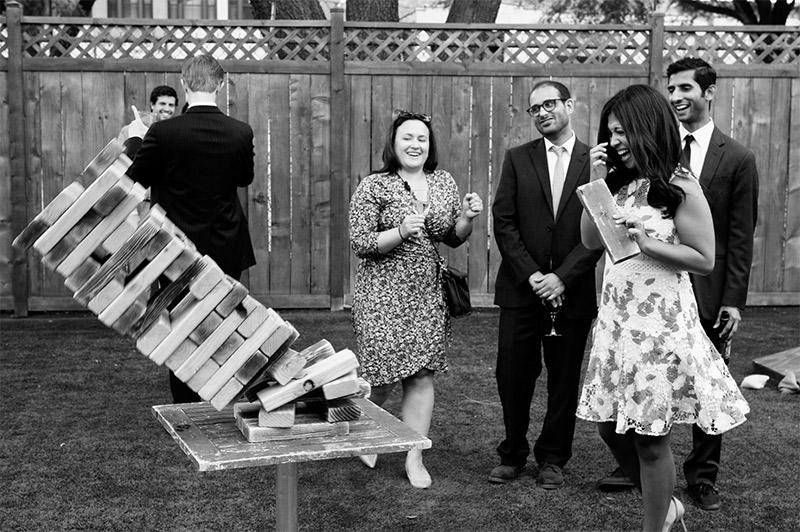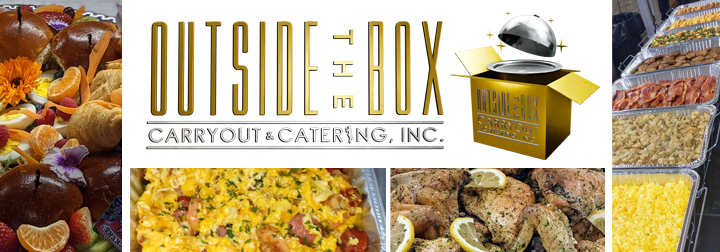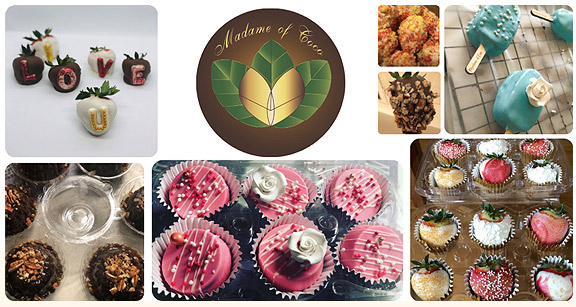At Catalyst Ranch, a boutique meeting center in Chicago’s West Loop, we firmly believe the physical environment has a meaningful impact on the people within it. We strive to make the Ranch warm and welcoming, so meeting attendees feel relaxed and comfortable to communicate freely. All of the eclectic decorative elements trigger the imagination to jumpstart innovate thinking. We know from research and over ten years of experience in the meetings industry that space to roam and natural light also support an innovative, productive environment and have a positive impact on our clients.
There are a lot of articles floating around the interwebs about the lifestyles and habits of geniuses and artists throughout history. It is fascinating to see how these inspiring artists lived. How much time did these great minds spend sleeping, working, or exercising? What tips to enhance creativity and productivity in our own lives and careers can we learn from those who’ve gone before us? How do successful artists organize their offices or studios? Looking at many workspaces of many creative people from the past, a few themes emerged.
Natural Light
Many writers, painters, and sculptors seem to blossom in offices with windows and an abundance of natural light. If you don’t have the benefit of big windows, you can still add the element of nature into your workspace with plants, flowers, or even a small fish tank. Dig these huge windows in the offices of fashion designer Orla Kiely and food writer Ruth Reichl!
[fusion_builder_container hundred_percent=”yes” overflow=”visible”][fusion_builder_row][fusion_builder_column type=”1_1″ background_position=”left top” background_color=”” border_size=”” border_color=”” border_style=”solid” spacing=”yes” background_image=”” background_repeat=”no-repeat” padding=”” margin_top=”0px” margin_bottom=”0px” class=”” id=”” animation_type=”” animation_speed=”0.3″ animation_direction=”left” hide_on_mobile=”no” center_content=”no” min_height=”none”]
[/fusion_builder_column][fusion_builder_column type=”1_1″ background_position=”left top” background_color=”” border_size=”” border_color=”” border_style=”solid” spacing=”yes” background_image=”” background_repeat=”no-repeat” padding=”” margin_top=”0px” margin_bottom=”0px” class=”” id=”” animation_type=”” animation_speed=”0.3″ animation_direction=”left” hide_on_mobile=”no” center_content=”no” min_height=”none”]
Books
Knowledge is power and while we might turn to our digital devices nowadays to find answers and inspiration, our genius pals from the past kept quite a lot of information at their fingertips on big bookshelves. It comes as no surprise that novelist Rudyard Kipling and food writer Nigella Lawson surrounded themselves with books when they went to work.
[/fusion_builder_column][fusion_builder_column type=”1_1″ background_position=”left top” background_color=”” border_size=”” border_color=”” border_style=”solid” spacing=”yes” background_image=”” background_repeat=”no-repeat” padding=”” margin_top=”0px” margin_bottom=”0px” class=”” id=”” animation_type=”” animation_speed=”0.3″ animation_direction=”left” hide_on_mobile=”no” center_content=”no” min_height=”none”]
[/fusion_builder_column][fusion_builder_column type=”1_1″ background_position=”left top” background_color=”” border_size=”” border_color=”” border_style=”solid” spacing=”yes” background_image=”” background_repeat=”no-repeat” padding=”” margin_top=”0px” margin_bottom=”0px” class=”” id=”” animation_type=”” animation_speed=”0.3″ animation_direction=”left” hide_on_mobile=”no” center_content=”no” min_height=”none”]
Simplicity vs. Clutter
This is a debate that has gone on for centuries and I forecast in my infinite wisdom will continue for centuries more. While there are many studies on the pros and cons of a minimalist highly organized workspace versus as an eclectic workspace that is brimming with stimuli, this is probably a simple matter of personal preference.
Authors E.B. White and Virginia Wolfe apparently preferred the simplicity of a writing desk and relied on scenic views to provide most of the atmosphere inspiration.
[/fusion_builder_column][fusion_builder_column type=”1_1″ background_position=”left top” background_color=”” border_size=”” border_color=”” border_style=”solid” spacing=”yes” background_image=”” background_repeat=”no-repeat” padding=”” margin_top=”0px” margin_bottom=”0px” class=”” id=”” animation_type=”” animation_speed=”0.3″ animation_direction=”left” hide_on_mobile=”no” center_content=”no” min_height=”none”]
[/fusion_builder_column][fusion_builder_column type=”1_1″ background_position=”left top” background_color=”” border_size=”” border_color=”” border_style=”solid” spacing=”yes” background_image=”” background_repeat=”no-repeat” padding=”” margin_top=”0px” margin_bottom=”0px” class=”” id=”” animation_type=”” animation_speed=”0.3″ animation_direction=”left” hide_on_mobile=”no” center_content=”no” min_height=”none”]
Sculptor Alexander Calder and painter Francis Bacon must have found that they flourished in a jumble of art supplies and colorful chaos.
[/fusion_builder_column][fusion_builder_column type=”1_1″ background_position=”left top” background_color=”” border_size=”” border_color=”” border_style=”solid” spacing=”yes” background_image=”” background_repeat=”no-repeat” padding=”” margin_top=”0px” margin_bottom=”0px” class=”” id=”” animation_type=”” animation_speed=”0.3″ animation_direction=”left” hide_on_mobile=”no” center_content=”no” min_height=”none”]
-
[/fusion_builder_column][fusion_builder_column type=”1_1″ background_position=”left top” background_color=”” border_size=”” border_color=”” border_style=”solid” spacing=”yes” background_image=”” background_repeat=”no-repeat” padding=”” margin_top=”0px” margin_bottom=”0px” class=”” id=”” animation_type=”” animation_speed=”0.3″ animation_direction=”left” hide_on_mobile=”no” center_content=”no” min_height=”none”]
What kind of physical space helps you do your best work? Do you find that different environments are better suited to different tasks? Share your thoughts in the comments![/fusion_builder_column][/fusion_builder_row][/fusion_builder_container]










































